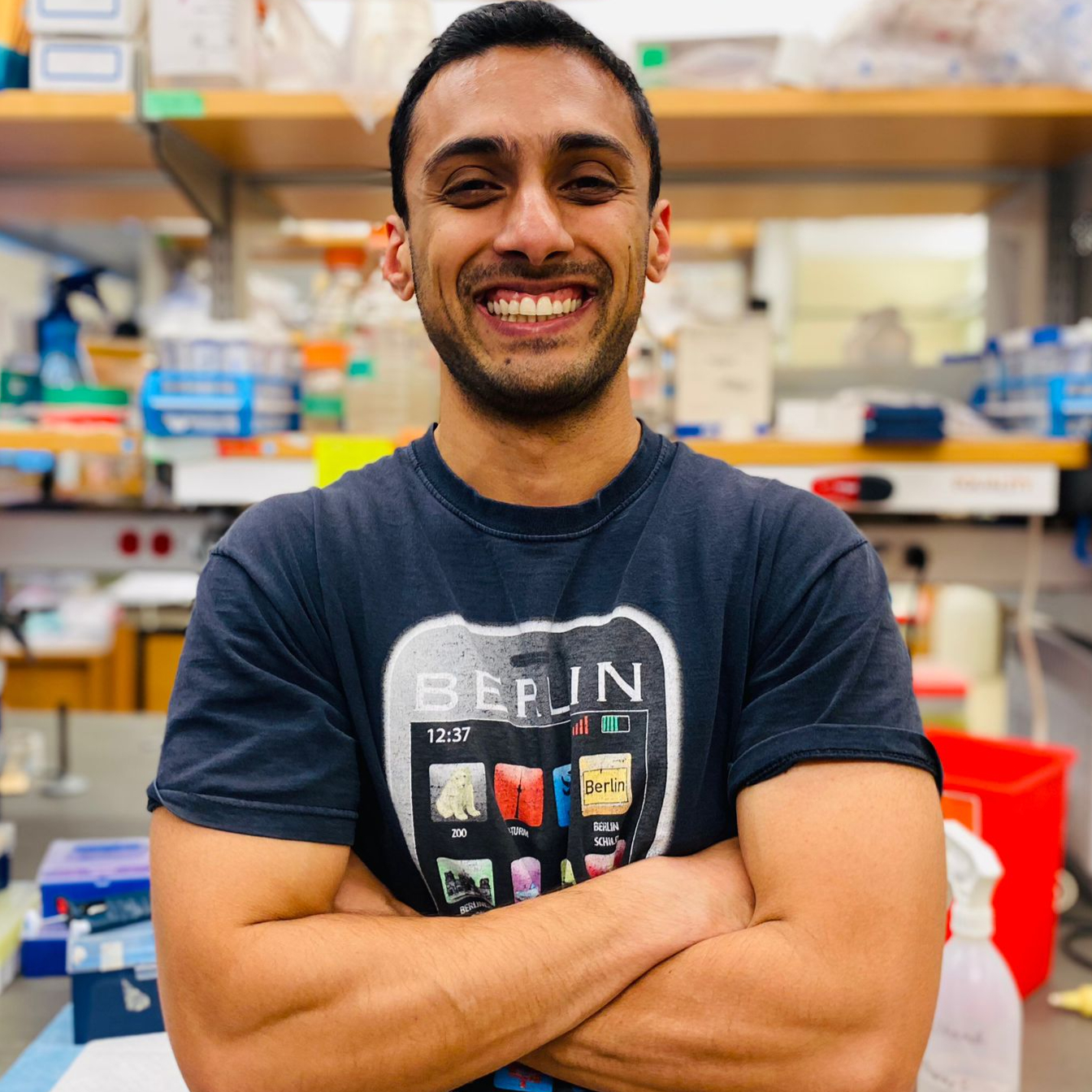Jul 12, 2020
Version 5
Dye-terminator DNA sequencing V.5
- 1University of Pennsylvania
- Pogson Group

Protocol Citation: Diep R Ganguly 2020. Dye-terminator DNA sequencing. protocols.io https://dx.doi.org/10.17504/protocols.io.bhxmj7k6
License: This is an open access protocol distributed under the terms of the Creative Commons Attribution License, which permits unrestricted use, distribution, and reproduction in any medium, provided the original author and source are credited
Protocol status: In development
Works well for plasmid DNA, optimising sequencing of amplified PCR amplicons.
Created: June 26, 2020
Last Modified: July 12, 2020
Protocol Integer ID: 38605
Keywords: Sanger sequencing, Dye-terminator sequencing
Abstract
This protocol (based on the BigDye® Terminator v3.1 Cycle Sequencing Kit) is for performing terminator cycling sequencing reactions for Sanger sequencing of amplified PCR products or plasmid DNA on the 3130X genetic analyser (Applied Biosystems).
Materials
MATERIALS
XRN-1 - 100 unitsNew England BiolabsCatalog #M0338L
Antarctic Phosphatase - 1,000 unitsNew England BiolabsCatalog #M0289S
96 well PCR Plate Non-skirted Phenix ResearchCatalog #MPS-499
Wizard SV Gel and PCR Clean-Up SystemPromegaCatalog #A9281
Nuclease-free water (e.g. MilliQ or HPLC grade water)
primers
EDTA
10 mM dNTPsLife TechnologiesCatalog #10297-018
EthanolMerck MilliporeCatalog #100983
BigDye™ Terminator v3.1 Cycle Sequencing KitThermo FisherCatalog #4337454
Exonuclease I (E. coli)NEBCatalog #M0293S
Hi-Di™ FormamideThermo Fisher ScientificCatalog #4311320
Before start
Optimize PCR cycling (if sequencing amplified PCR products) to ensure your reaction produces a single product. If needed, perform gel excision and clean-up to purify the target DNA fragment. Incubate with Antarctic phosphatase (SAP, AP, or CIP) and Exonuclease 1 to dephosporylate and degrade unincorporated dNTPs prior to incorporating fluorescent nucleotides in the sequencing PCR (BigDye reaction).
Enzymatic PCR clean-up
Enzymatic PCR clean-up
1h
1h
If sequencing a PCR amplified DNA fragment, gel purify target DNA band based on expected fragment size (if multiple bands present). Perform gel purification with Wizard SV Gel and PCR Clean-Up System (Promega, as per attached Manufacterer's instructions) followed by enzymatic clean-up (hydrolyze excess primers and nucleotides) with the following reaction:
| Component | Volume (µl) | |
| 10X Antarctic phosphatase reaction buffer | 1 | |
| Antarctic phosphatase | 0.5 | |
| XRN-1 | 0.5 | |
| Purified DNA fragment | 50-150 ng DNA | |
| Nuclease-free water | to 10 µl |
Enzymatic clean-up of PCR products
Incubate the above in a thermal cycle for:
- 37 °C for 30 minutes
- 80 °C for 15 minutes.
1h
Terminator cycling reaction
Terminator cycling reaction
Perform sequencing PCR in PCR tubes (or 96-well plate) with BigDye Terminator cycling kit and forward or reverse primers.
| Component | Volume (µl) | |
| v3.1 Ready reaction mix | 1 | |
| 5X Sequencing buffer | 1.5 | |
| 20 µM F/R Primer | 0.5 | |
| Template (plasmid or cleaned PCR product) | 50-150 ng DNA | |
| Nuclease-free water | to 10 µl |
BigDye Terminator Cycling reaction
5x reaction buffer=400 mM TRIS, 10 mM MgCl2
30m
Run the following thermal cycling protocol:
- 1 min at 96 °C
- 30-40 cycles: 96 °C for 10 seconds, 50 °C for 5 seconds, and 60 °C for 4 min.
- Hold at 4-12 °C.
4h
Purification
Purification
1h 30m
1h 30m
Transfer PCR reaction to nuclease-free eppendorf tube. To the reaction, add 2.5 µL of 125 mM EDTA (make sure it touches bottom of tube).
Add 30 µl of 100% ethanol, mix well (inversion).
Incubate at room temperature for 15 minutes.
Centrifuge at 4 °C at max speed for 30 minutes.
Discard supernatant and add 50 µl of ice-cold 70% ethanol.
Centrifuge at 4 °C at max speed for 5 minutes.
Discard supernatant and allow to air-dry in the dark for >15 minutes.
Prepare for sequencing
Prepare for sequencing
Resuspend the pellet (likely transparent) in 7.5 µL HiDi Formamide (add to any empty wells). Incubate at RT for 5 minutes then transfer to plate. Spin down briefly.
Incubate plate at 95 °C for 3 minutes (denature) then place immediately on ice. Spin down briefly.
Submit for sequencing on 3130X genetic analyser (Applied Biosystems). Keep samples on ice.

